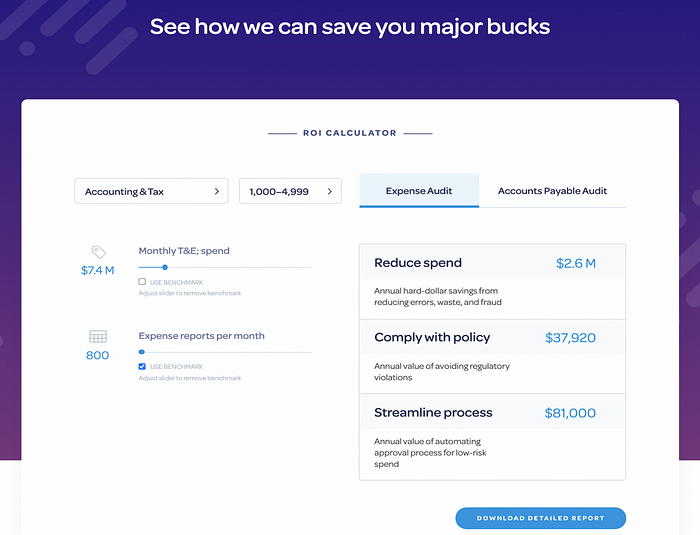Value pillars: Get your value story straight in 7 steps

On my first day as CMO at one of my former companies, I spent several hours listening in on a customer call reviewing — of all things — a time-and-motion study they had commissioned to show our product wasn’t delivering as promised. Oof! Let me just pause here to say that whenever your customer resorts to 1950s-era business efficiency research to prove things aren’t working, it’s way off the rails.
After about 90 excruciating minutes, I glanced at the head of customer success, who was looking peaked. What did we do to get to this awful place? Shrugging, all he could say was we had miscommunicated our value to the customer, and things had spiraled out of control.
Here’s how it went down. We told the customer our product would save them time, and they purchased it based on that promise. It did save them time. Hours and hours of it, in fact. The catch? We saved them total time, not per person time. Oops! Feels like that’s something you’d want to clear up before going down a path (as a customer or a vendor). But we never did. We just always talked about time savings and assumed the customer knew what we meant. So, when our customer’s users started complaining that we weren’t saving them time, we started to scramble. Our customer success people ran extra hard to deliver; our product team worked to fix issues quickly; and our management team ran as much interference as they could. All to no avail. Alas, we lost the customer — and more like it — over this issue.
We troubleshooted the issue and concluded we weren’t being clear about what we were promising. We looked at our somewhat-vague value proposition about saving time and money through automation, but our promise could be interpreted in so many ways! The real trouble? It was interpreted in many ways…within our own company! The way we described this value on our website was different from how our salespeople talked about it, and that was different from how we delivered it in our product, and all of those were different from how our customer success team delivered service. Talk about confusing!
We needed to deliver a consistent message — one that also happened to be true — about our value. And that started with getting on the same page internally.
Here are seven steps we went through to get our value story straight. I recommend them to anyone experiencing this kind of challenge.
1. Brainstorm how your product adds value.
Ask customers, partners, and employees what value your product brings to the table. Be specific about the exact definition of each area of value. See if you can calculate each, or at least come up with a way of calculating it. Find proof points and examples. Keep a running list.
2. Organize them into distinct, MECE pillars.
Once you have a solid list of ways your product delivers value, combine or whittle them down to the most important, mutually-exclusive, collectively-exhaustive (MECE) areas. Three is a good number. We settled on these value pillars:
Reduce spend
Comply with policy
Streamline process
3. Define them.
Don’t just assume people understand what your value pillars mean. Define them clearly. Provide examples. Identify key metrics that support each pillar. Even come up with a formula to measure the value to customers. For example, we defined “streamline process” as:
“The annual value of automating the approval process for low-risk spend, calculated by multiplying hours saved by the fully-loaded cost of a manual auditor.”
4. Test them out.
Test out your value pillars. Do your product’s capabilities roll up in some way to at least one of the pillars? Can you calculate them easily? Do they make sense to your customers?
5. Write and say them clearly and consistently.
For God’s sake, write and say your value pillars the same way every chance you get. Don’t say them out of order. Don’t say them with a mix of nouns and verbs. Don’t say them with gerunds. Don’t substitute words. I know I’m being persnickety, but saying a message simply and consistently reduces the cognitive load on your audience and vastly increases the chances they’ll listen to and remember it. Get crisp, like this.

6. Repeat them everywhere.
Don’t just write your value pillars on your website and sales deck and call it good. Put them everywhere it makes sense to include them — in sales materials, on your website, in your sales deck, and in online tools like your ROI calculator.

7. Organize your processes around them.
Does your product show value metrics in a dashboard? Segment them by value pillar. Do your customer success managers go through key performance indicators (KPIs) during their periodic customer sessions? Organize those check-ins by value pillar. By linking your processes to your value pillars, you reinforce the value your product delivers — both to your customer and your team.
